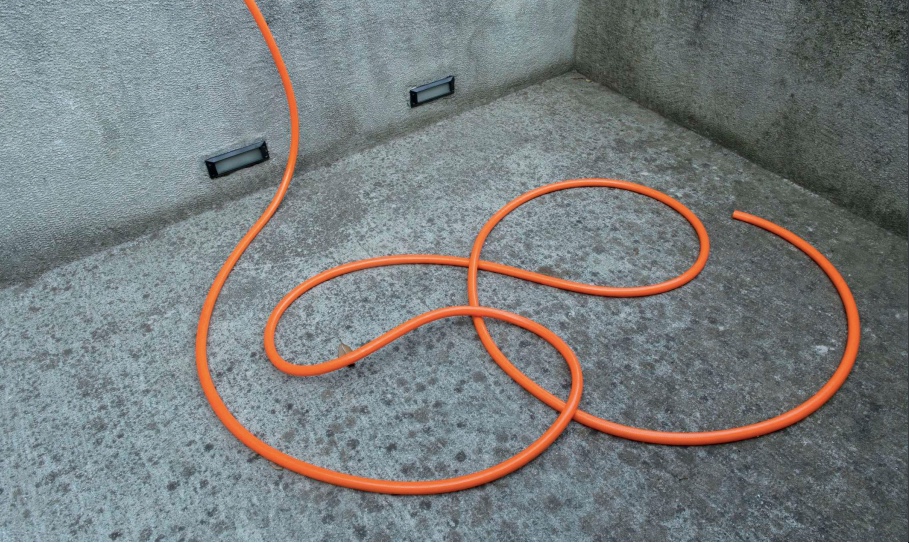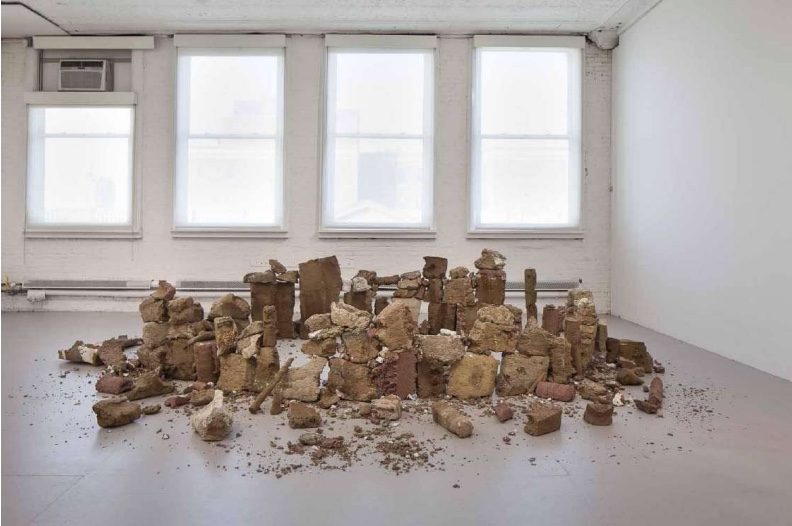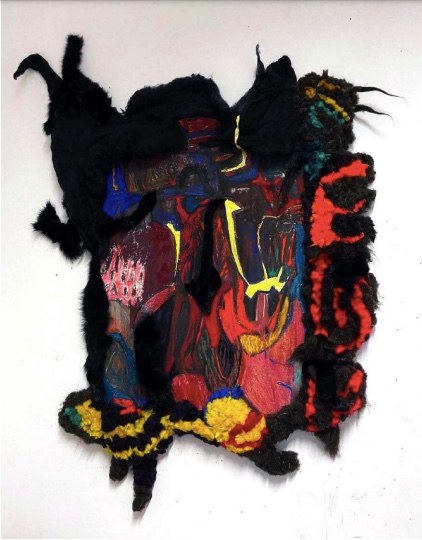
The winners of the Casa Wabi / ArtReview residency prize have been announced.
Deniz Gül from Turkey, Dolores Furtado from Argentina and Melania Toma from Italy will be going to Oaxaca in Mexico to stay at Casa Wabi, an artist residency and community arts centre founded by the artist Bosco Sodi in 2014.
Gül makes sculpture assemblages out of everyday objects and organic materials. Among the materials the frequently returns to is milk, plaster, acid, water, rice, sugar, wood and glass. She says that ‘malfunctioning, decaying, metamorphosing are important physical aspects of my sculptural work, and it is crucial for the artwork to have a life of its own’. At the beachside Casa Wabi she plans to ask members of the local community to provide an object that interests them and workshop potential sculptures from that starting point. ‘We will find out its magic!’ she says. ‘How does sugar meet with water… how can a shoe be a pot, how can a cream paste freeze?’

For several years Furtado has been researching and making paper, first single hand-made sheets, before evolving into the production of solid sculptures using paper pulp. In Oaxaca, Furtado plans to develop a series of large-scale paper sheets using the local flora as the base material. It will be, she says, a way of exploring the ‘transformation of matter and its correlation with the capacity of regeneration and rebirth. I’m interested in the relationship between matter and spirit, and in the alchemy behind the experimentation with materials.’

Toma plans to work within the communities around the lagoon de Cachaua and in Villa de Tututepec area, to develop a collective weaving project, producing fishing nets. ‘El Zapotalito reflects the context of the Parque Nacional Lagunas de Chacahua, which is very complex under different aspects: culturally for the strong presence of afro, mixtecos and chatinos roots, and socially for the high level of marginalization, and also for the fragile ecosystem that surround the lagoon’, the Italian London-based artist says. ‘In these contexts, these communities are microcosms that by their completeness give the opportunity to deal with themes linked to the wider national Mexican context such as machismo, mestizaje, environmental racism, fishing, and first of all the female organisation.’